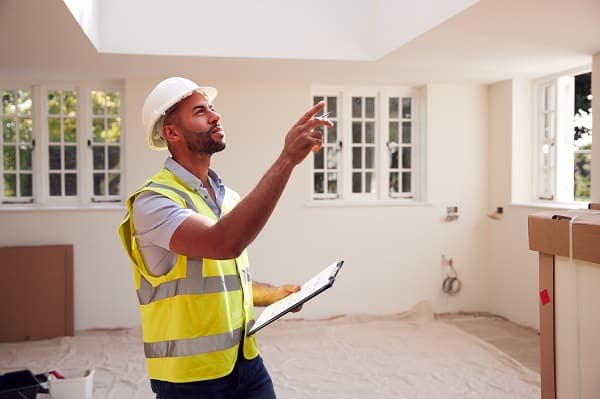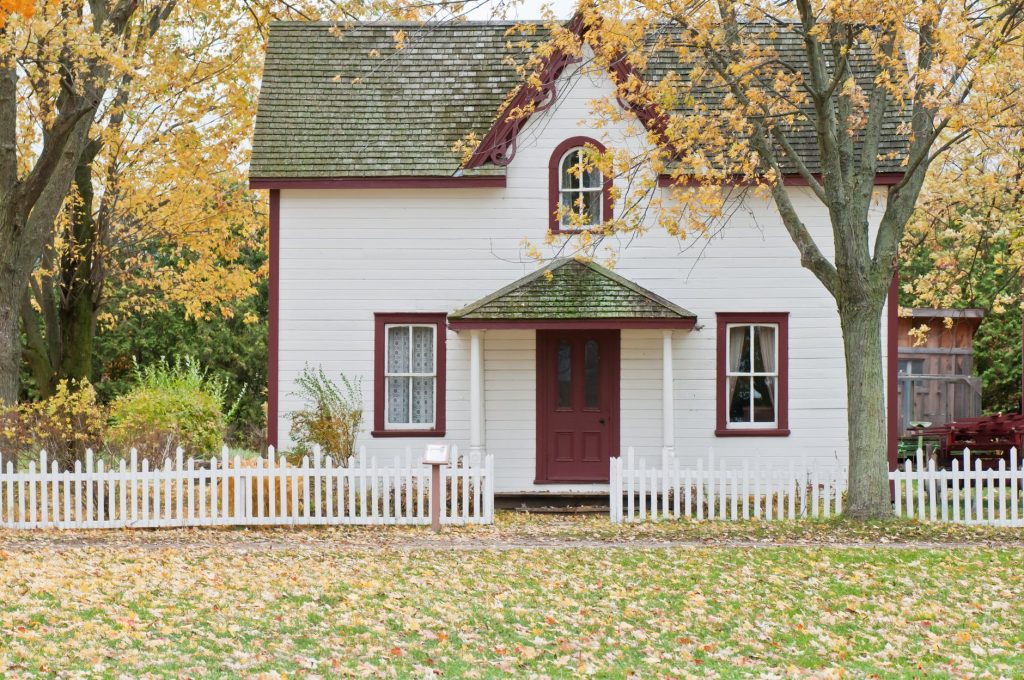Flooding is one of the most common natural disasters in the United States. It’s estimated that more than 25% of all flood claims occur in properties with no previous flooding events. So while you may think that your home is safe, that isn’t always the case. The good news is that there are a few different things that you can do to help prevent your home from flooding. And this article is here to tell you all about them.
Contents
- 1 The Damages Of Flooding In Your Home
- 2 Assess The Risk Of Flooding
- 3 Clear Your Downspout And Gutters
- 4 Seal Any Cracks In The Foundation
- 5 Install A Sump Pump
- 6 Apply Waterproofing Membranes
- 7 Grade Your Lawn Away From Your Home
- 8 Add Caulking To Doors And Windows
- 9 Take Steps To Prevent Your Home From Flooding!
The Damages Of Flooding In Your Home

Flooding is one of the most destructive things to your home. It can damage your home and belongings, and it can also pose a severe health risk. Floodwaters entering your home can quickly damage walls, floors, and furniture. They can also cause mold to grow, leading to respiratory problems.
In addition, floodwaters often contain contaminants such as sewage, chemical pollutants, and pesticides. These contaminants can cause serious health problems if they come into contact with your skin or inhale them. Furthermore, floodwaters can damage your home’s foundation, leading to long-term structural problems.
While nobody can completely prevent flooding, there are a few different things that you can do to help reduce the risk of flooding in your home.
Assess The Risk Of Flooding

If you live in an area prone to flooding, it is important to assess the risk of your home flooding. There are several factors to consider, including the size and location of your property, the local terrain, and the weather patterns. By understanding the risks, you can take steps to protect your home and belongings.
One of the first things to do is check your property’s elevation. If your home is located in a low-lying area, it is at a greater risk of flooding. The local terrain can also affect the risk of flooding. If the land around your home is flat, there is a higher chance that water will pool and cause flooding. In addition, if there are any nearby rivers or streams, they can overflow and cause damage to your property.
Finally, you need to consider the local weather patterns. If your area is susceptible to heavy rains or hurricanes, this can increase the risk of flooding. By understanding the risks, you can take steps to protect your home and safeguard your belongings.
Clear Your Downspout And Gutters

One of the best ways to prevent your home from flooding is to clear your downspout and gutters. During a heavy rainstorm, water can build up quickly in your gutters and downspouts, causing them to overflow. If the gutters are already full of debris, the water will have nowhere to go but into your home.
Clearing out your gutters and downspouts regularly will help ensure that they can handle the volume of water during a storm and help prevent flooding. In addition, making sure that your gutters are sloped correctly will also help to avoid overflows. If you live in an area prone to flooding, it’s worth taking these extra steps to protect your home.
Seal Any Cracks In The Foundation

Most people are familiar with the idea of floods and the damage they can cause. What many don’t realize, however, is that even a tiny amount of water can do a lot of damage to a home if it’s allowed to seep in through cracks in the foundation. Once the water has made its way inside, it can ruin insulation, cause mold to grow, and lead to other problems.
Fortunately, there is a simple way to prevent this from happening: by sealing any cracks in the foundation. Doing this will help keep your home dry and safe from the damaging effects of flooding. To seal the cracks, you’ll need to use a waterproof sealant. You can find this at most hardware stores.
Install A Sump Pump

While a sump pump will not completely protect your home from flooding, it can help reduce the risk by pumping water out of the basement or crawlspace before entering. Sump pumps are typically installed in a pit located at the lowest point in the basement and are equipped with a float switch that activates when the water level rises.
While a sump pump can be a valuable addition to your home, it is important to remember that it is not a replacement for proper flood mitigation measures. Some sump pumps also have an emergency backup power supply in case of a power outage. In areas at risk for flooding, it is always best to consult with a professional to assess your specific needs.
Apply Waterproofing Membranes

No one likes the idea of their home flooding, but it can happen to even the most prepared homeowners. Heavy rains, melting snow, and burst pipes can cause water to seep into your home, resulting in costly damage. Waterproofing membranes can provide an extra layer of protection against flooding. When applied to basement walls and floors, these membranes form a barrier that prevents water from seeping in.
Waterproofing membranes can also help reduce mold and mildew growth by creating a dry environment. Applying waterproofing membranes is a smart way to protect your home from the potential damage of flooding.
Grade Your Lawn Away From Your Home

Another method you can use is to grade your lawn, so it slopes away from your home’s foundation. Make sure the grade is gradual enough that it doesn’t cause erosion but steep enough that water will flow away from your home. This will help to prevent water from pooling around your house and potentially flooding your basement or crawl space.
You can use a level to ensure the grade is even and add or remove dirt necessary to achieve the desired slope. With a little effort, you can help keep your home dry and prevent costly damage from flooding.
Add Caulking To Doors And Windows

Whenever there is a big storm, the news is always full of stories about homes that have been flooded. Water damage is one of the most costly types of damage that can occur to a home and can be tough to recover from. Fortunately, there are some things that homeowners can do to help prevent their homes from flooding. One final simple but effective measure is to add caulking around doors and windows.
So, if you’re looking for a way to help protect your home from flooding, adding caulking is another excellent step. This creates a barrier that helps to keep water out while still allowing air to flow freely. In addition, caulking can help insulate your home and reduce energy costs.
Take Steps To Prevent Your Home From Flooding!
Flooding can cause extensive damage to your home, and it is important to do everything you can to prevent it. By following the tips in this article, you’ll be well on your way to protecting your home from the potential damage of flooding. If you live in an area at risk for flooding, make sure to consult with a professional to assess your specific needs. They will be able to help you lay out a plan to keep your home safe and dry.


